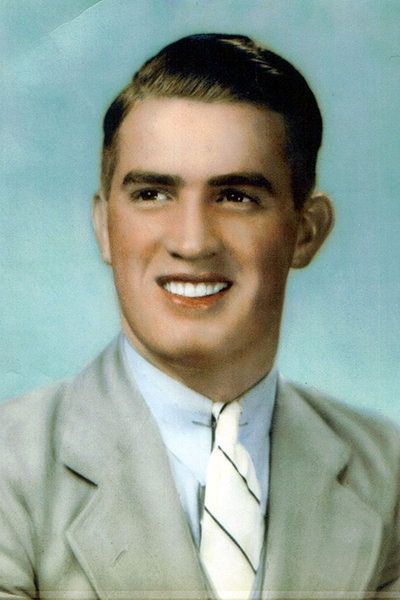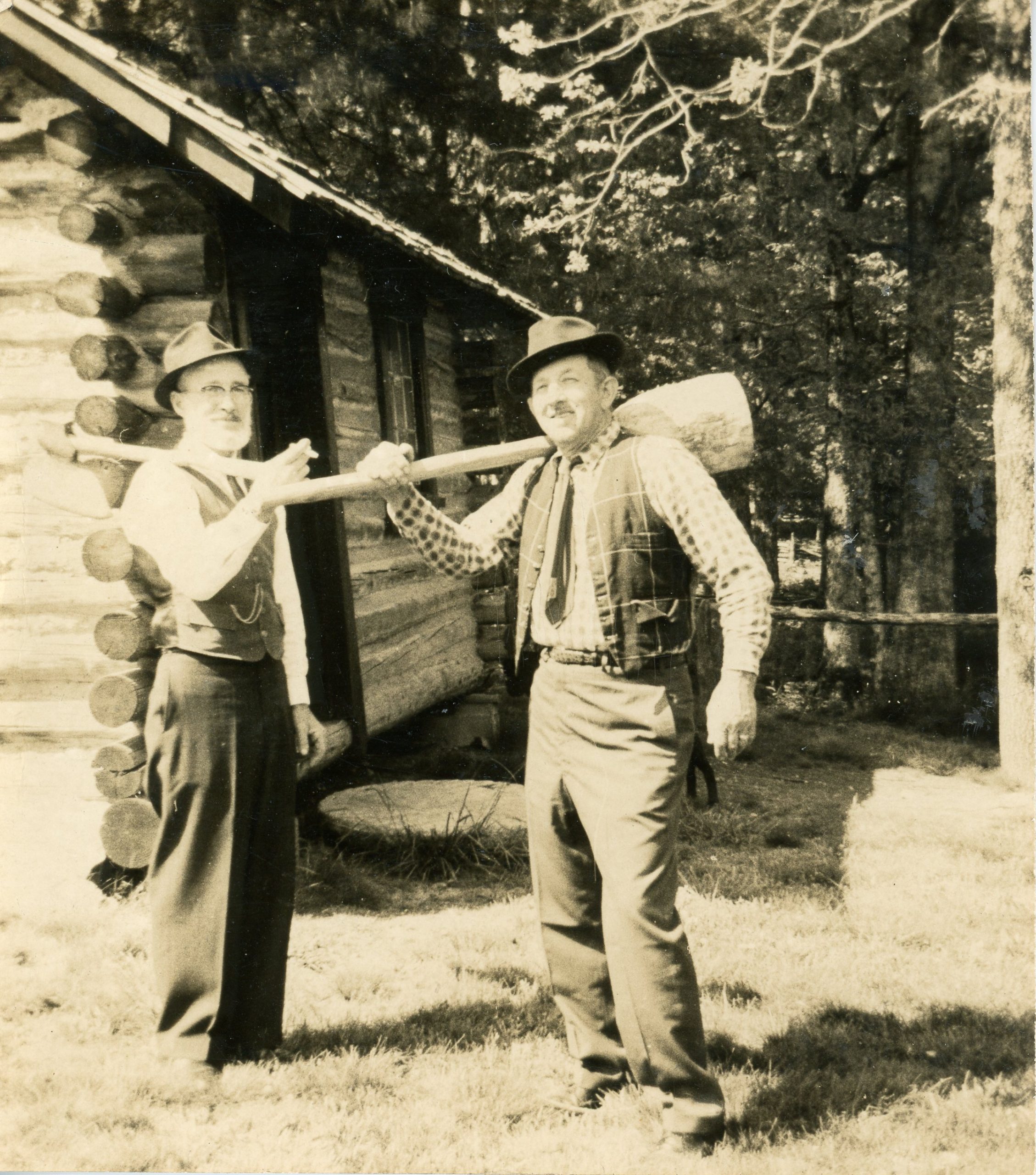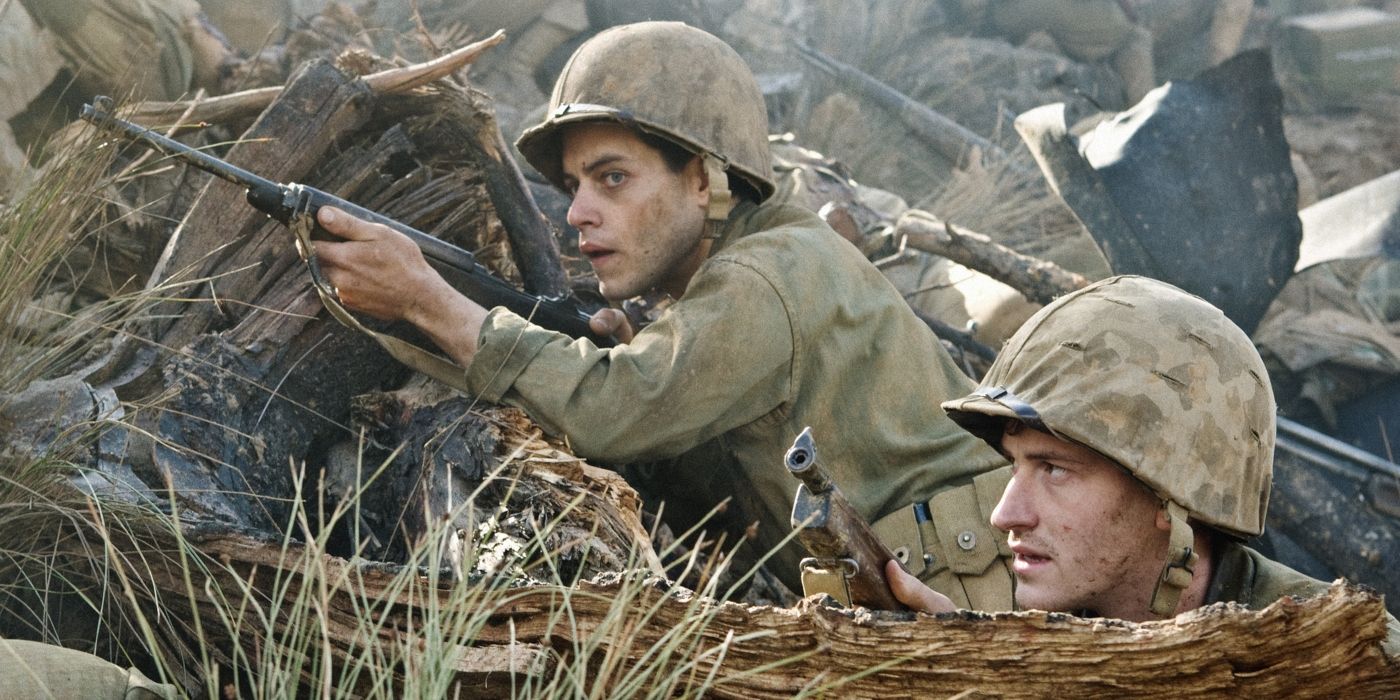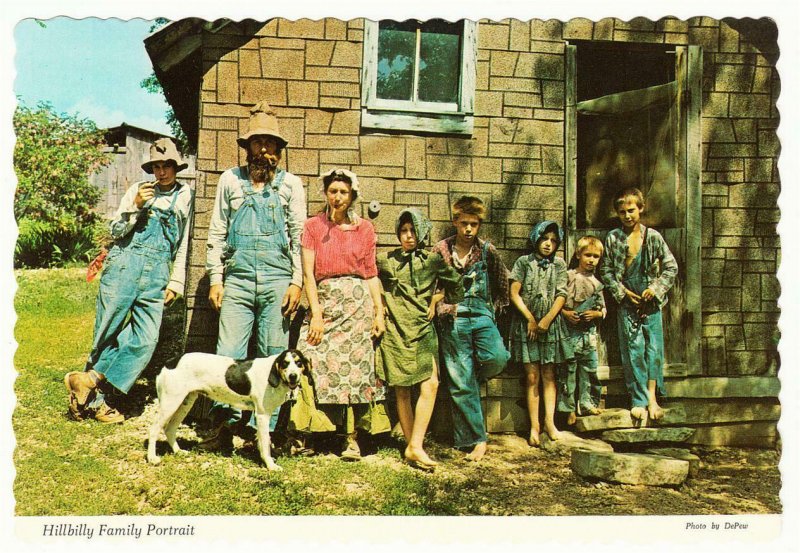Who Was Hillbilly In The Pacific
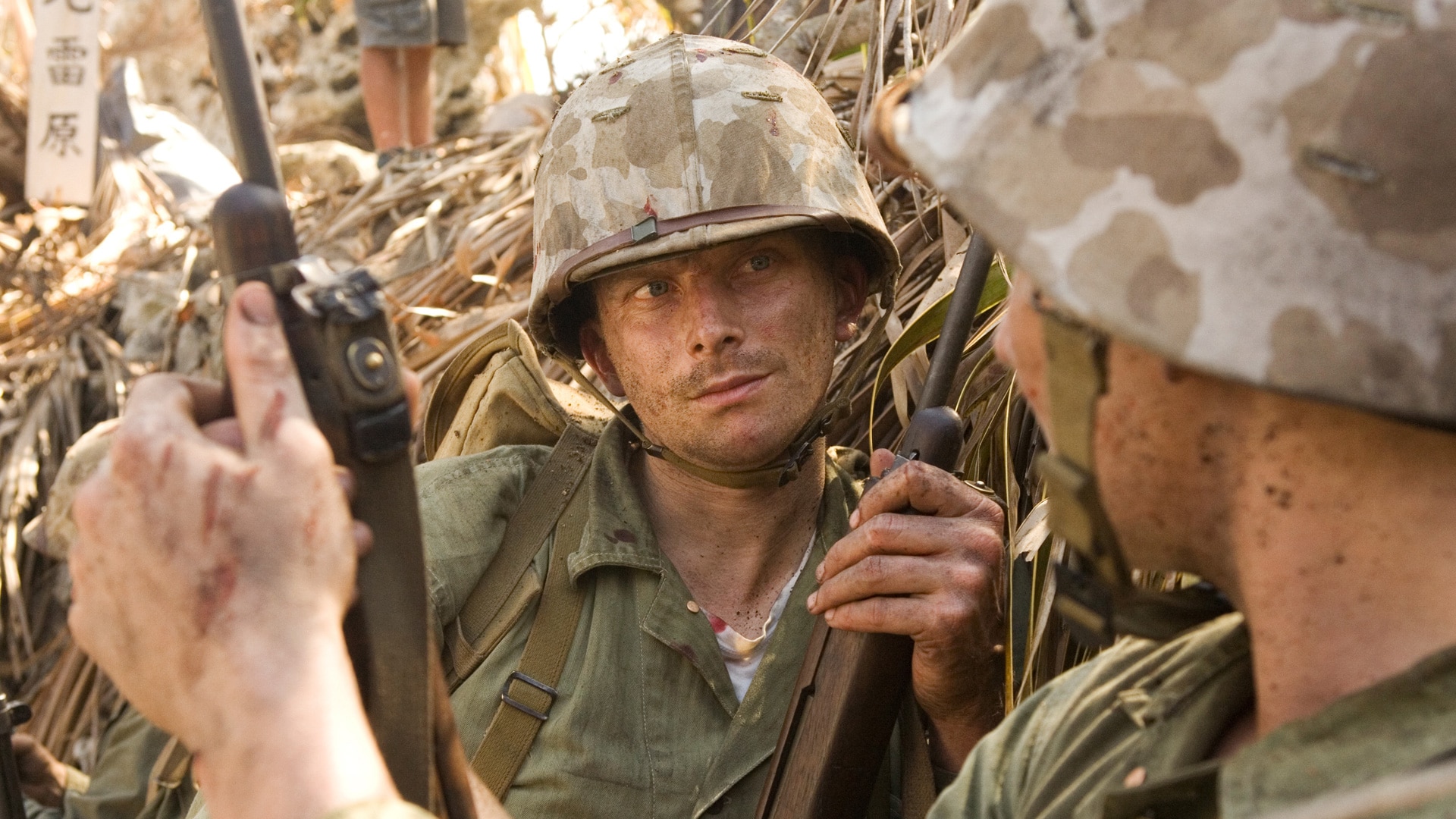
In the annals of World War II, amidst the sweeping narratives of island hopping campaigns and naval battles, lies the remarkable story of a B-24 Liberator bomber known as "Hillbilly." This aircraft, and the men who flew and maintained it, played a crucial, yet often overlooked, role in the Pacific Theater.
"Hillbilly's" story is more than just a tale of metal and machinery; it is a testament to the courage, resilience, and dedication of the American airmen who faced relentless adversity in the skies over the Pacific. This article aims to shed light on the history of this aircraft, its crew, and its contributions to the war effort.
The Origins of a Warbird
The B-24 Liberator, manufactured by Consolidated Aircraft, was a workhorse of the Allied air forces during World War II. "Hillbilly," like its brethren, was designed for long-range bombing missions. These planes were crucial in targeting Japanese strongholds and disrupting their supply lines across the vast expanse of the Pacific Ocean.
Details regarding the exact commissioning date and initial assignment of "Hillbilly" are somewhat fragmented in available historical records. However, research suggests it was likely assigned to a bombardment squadron operating in the Central Pacific region. These squadrons played a vital role in weakening Japanese defenses prior to landings by the US Marines and Army.
Crew and Camaraderie
The heart of "Hillbilly" was undoubtedly its crew. These airmen came from diverse backgrounds across the United States, united by a common purpose: to serve their country. Their experiences forged unbreakable bonds of camaraderie in the face of constant danger.
Although a complete roster of every individual who served on "Hillbilly" throughout its operational life is not readily accessible, oral histories and squadron records offer glimpses into the lives of some of these brave men. These individuals included pilots, navigators, bombardiers, radio operators, and gunners, each playing a vital role in the aircraft's missions.
These stories paint a vivid picture of the challenges they faced. They endured grueling hours in the air, intense enemy fire, and the ever-present threat of mechanical failure. Despite these hardships, they displayed unwavering courage and commitment to their duty.
Missions and Engagements
"Hillbilly" participated in numerous bombing missions throughout the Pacific Theater. These missions targeted key Japanese installations, including airfields, naval bases, and industrial centers. They disrupted the enemy's ability to wage war and paved the way for Allied advances.
The bomber faced frequent encounters with Japanese fighter aircraft and anti-aircraft fire. These encounters tested the skill and courage of the crew on every flight. Despite the dangers, the crew of "Hillbilly" consistently delivered its payload with precision and determination.
The exact number of missions flown by "Hillbilly" remains unclear, but surviving records and veteran accounts suggest it was significant. Its contributions to the overall strategic bombing campaign in the Pacific were undeniable.
Significance and Legacy
The story of "Hillbilly" and its crew serves as a powerful reminder of the sacrifices made by American airmen during World War II. Their bravery and dedication were instrumental in achieving victory in the Pacific. It also illustrates the crucial role of air power in modern warfare.
While "Hillbilly" may not be as widely recognized as some other warbirds, its story is no less important. It is a microcosm of the larger war effort, representing the countless unsung heroes who contributed to the Allied cause. Preserving these stories is crucial for understanding the complexities and human cost of war.
The legacy of "Hillbilly" lives on in the memories of those who served on it and in the broader historical record. It serves as a symbol of American ingenuity, courage, and unwavering commitment to freedom. Further research and documentation are needed to fully uncover the details of its history and ensure that its story is never forgotten.
Remembering the Past
Efforts to locate surviving members of "Hillbilly's" crew and gather their firsthand accounts are ongoing. These efforts aim to provide a more complete and personal understanding of the aircraft's history. These stories enrich our understanding of the sacrifices made during the war.
Museums and historical societies often play a vital role in preserving artifacts and documents related to aircraft like "Hillbilly." These institutions serve as valuable resources for researchers and educators. They ensure that future generations can learn from the past.
The story of "Hillbilly" serves as a poignant reminder of the human cost of war. It encourages us to reflect on the sacrifices made by those who served and to strive for a more peaceful world. Their experiences continue to resonate today.
The narrative of "Hillbilly," the B-24 Liberator, is a window into the grit and determination that defined the Allied effort in the Pacific. Its story, like so many others from that era, deserves to be told and remembered.



